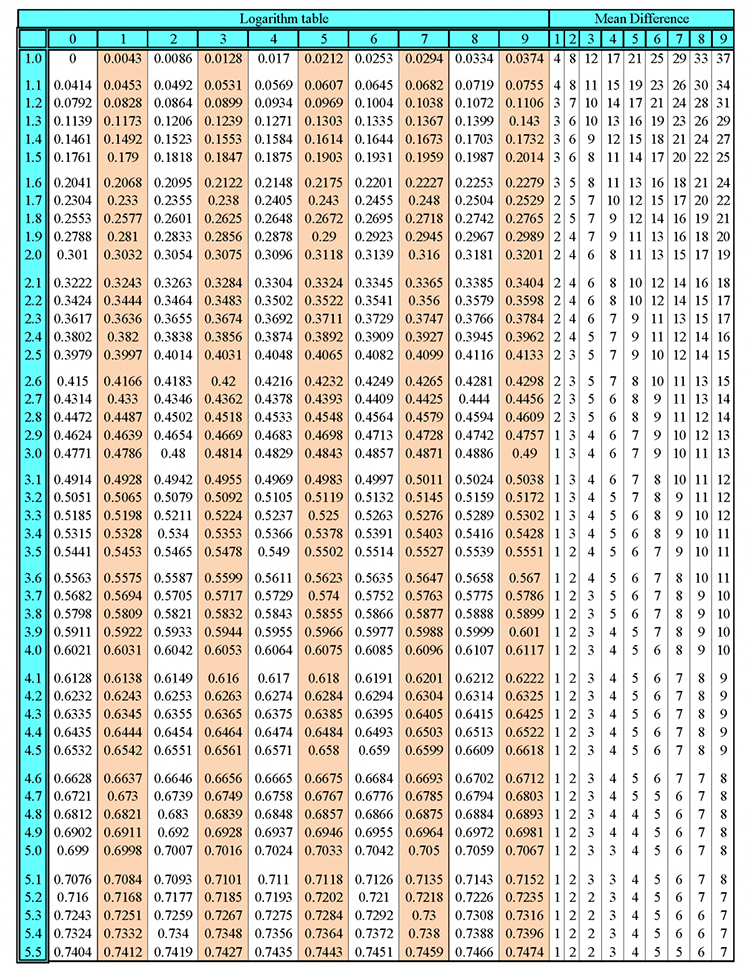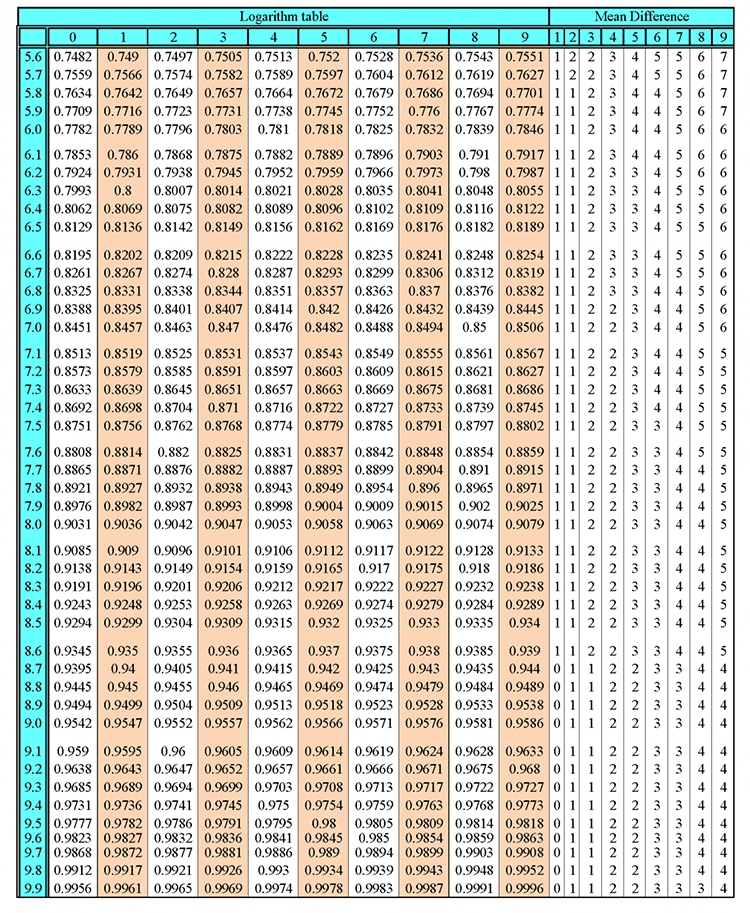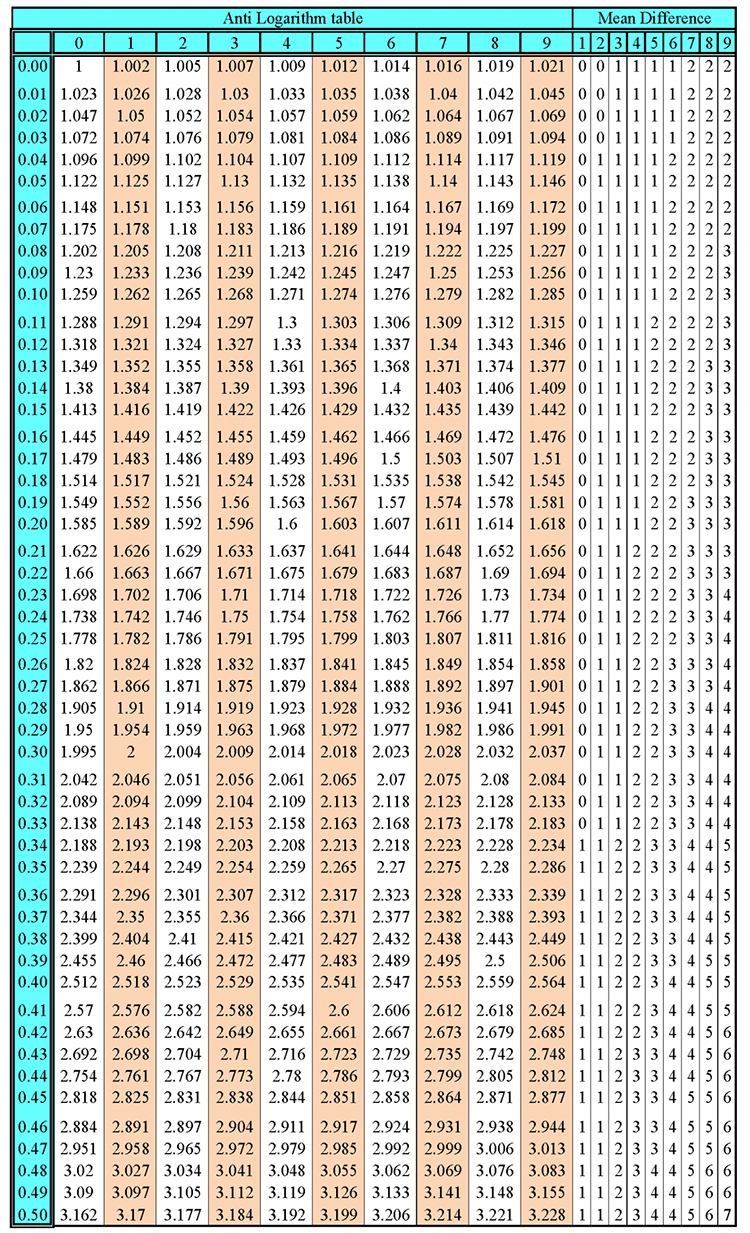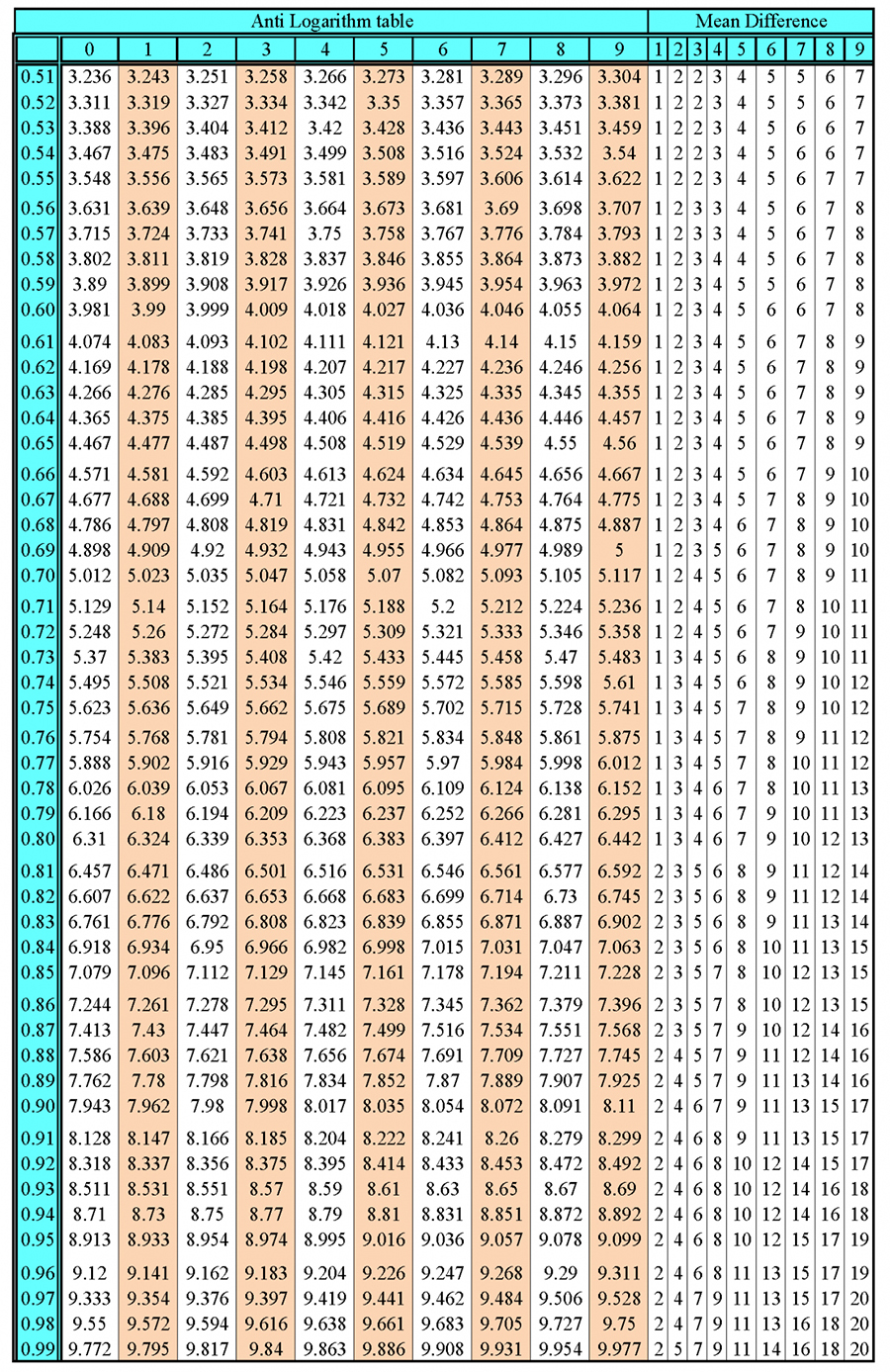Snell's law applies to velocity
You are unlikely to need this at this level, but it would be useful to know.
Although we know that Snell's law is
`(sin\ \i\n\ \theta)/(sin\ \out\ \theta)=(n\ \(out))/(n\ \(i\n))`
the speed of light is also determined by the medium (material) through which it is travelling. Light travels faster in a vacuum than it does in another medium.
Snell's law can also show the ratio of the velocity of light through different mediums compared to its speed through a vacuum.
`(sin\ \i\n\ \theta)/(sin\ \out\ \theta)=(n\ \(out))/(n\ \(i\n))=(v\e\l\o\c\i\t\y\ \g\o\i\n\g\ \i\n)/(v\e\l\o\c\i\t\y\ \g\o\i\n\g\ \o\u\t)`
NOTE: Care is required to remember that velocity going in is above velocity going out NOT the other way around.
So in fact
`(n\ \(out))/(n\ \(i\n))=(v\e\l\o\c\i\t\y\ \g\o\i\n\g\ \i\n)/(v\e\l\o\c\i\t\y\ \g\o\i\n\g\ \o\u\t)`
And if `n(i\n)` is air this becomes
`(n\ \(out))/1=(v\e\l\o\c\i\t\y\ \g\o\i\n\g\ \i\n)/(v\e\l\o\c\i\t\y\ \g\o\i\n\g\ \o\u\t)`
`n\ \(out)=(v\e\l\o\c\i\t\y\ \g\o\i\n\g\ \i\n)/(v\e\l\o\c\i\t\y\ \g\o\i\n\g\ \o\u\t)`
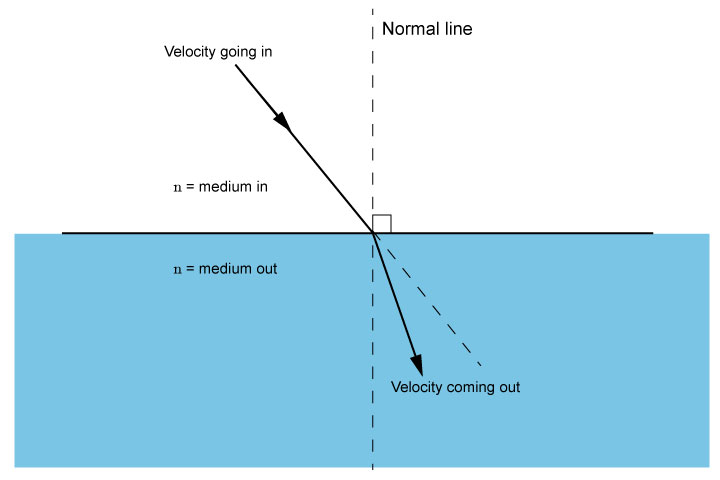
`n\ \(out)=(v\e\l\o\c\i\t\y\ \g\o\i\n\g\ \i\n)/(v\e\l\o\c\i\t\y\ \g\o\i\n\g\ \o\u\t)`
If we alter the formula to
`(v\e\l\o\c\i\t\y\ \g\o\i\n\g\ \o\u\t)=(v\e\l\o\c\i\t\y\ \g\o\i\n\g\ \i\n)/(n\ \(out))`
Water becomes:
| `(v\e\l\o\c\i\t\y\ \g\o\i\n\g\ \o\u\t)` | `=(s\p\e\e\d\ \l\i\g\h\t\ \i\n\ \a\ \v\a\c\u\u\m)/1.3` |
| `=0.77\ \o\f\ \t\h\e\ \s\p\e\e\d\ \o\f\ \l\i\g\h\t\ \i\n\ \a\ \v\a\c\u\u\m` |
Glass becomes:
| `(v\e\l\o\c\i\t\y\ \g\o\i\n\g\ \o\u\t)` | `=(s\p\e\e\d\ \l\i\g\h\t\ \i\n\ \a\ \v\a\c\u\u\m)/1.5` |
| `=0.66\ \o\f\ \t\h\e\ \s\p\e\e\d\ \o\f\ \l\i\g\h\t\ \i\n\ \a\ \v\a\c\u\u\m` |
Diamond becomes:
| `(v\e\l\o\c\i\t\y\ \g\o\i\n\g\ \o\u\t)` | `=(s\p\e\e\d\ \l\i\g\h\t\ \i\n\ \a\ \v\a\c\u\u\m)/2.4` |
| `=0.42\ \o\f\ \t\h\e\ \s\p\e\e\d\ \o\f\ \l\i\g\h\t\ \i\n\ \a\ \v\a\c\u\u\m` |
Conclusion
So you can see that light travels through diamond at about half the speed of light.
And
`R\e\f\r\a\c\t\i\v\e\ \i\n\d\e\x\ \o\f\ \m\e\d\i\u\m`
`=(s\p\e\e\d\ \o\f\ \l\i\g\h\t\ \i\n\ \a\i\r)/(s\p\e\e\d\ \o\f\ \l\i\g\h\t\ \i\n\ \m\e\d\i\u\m)`
